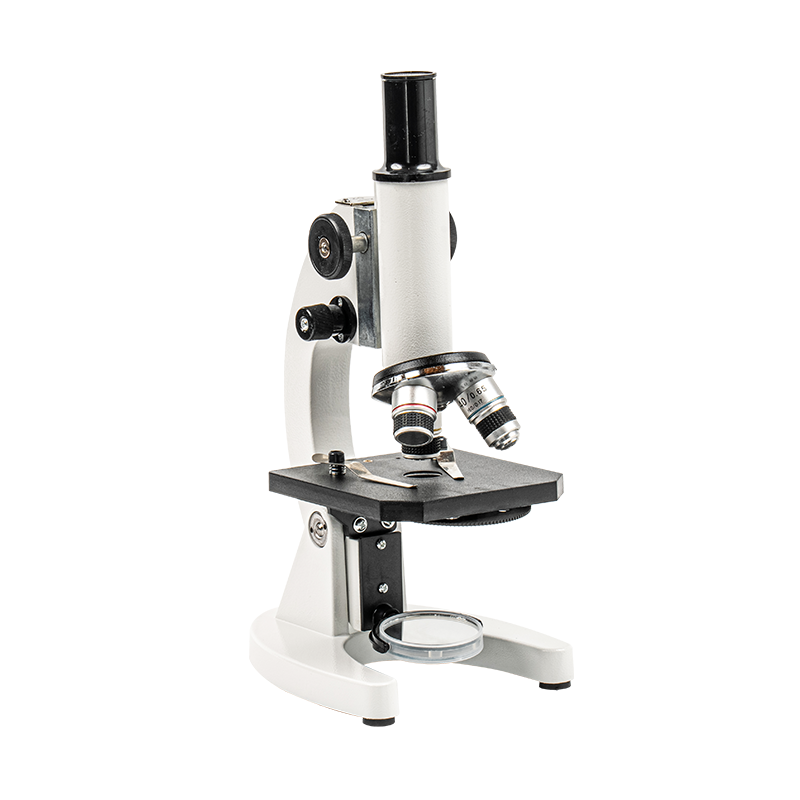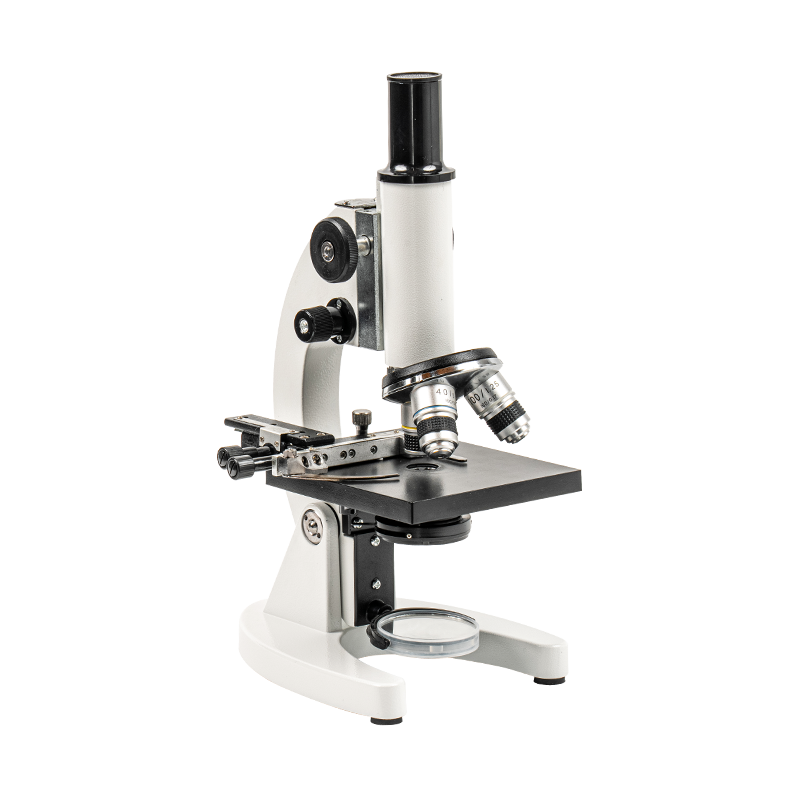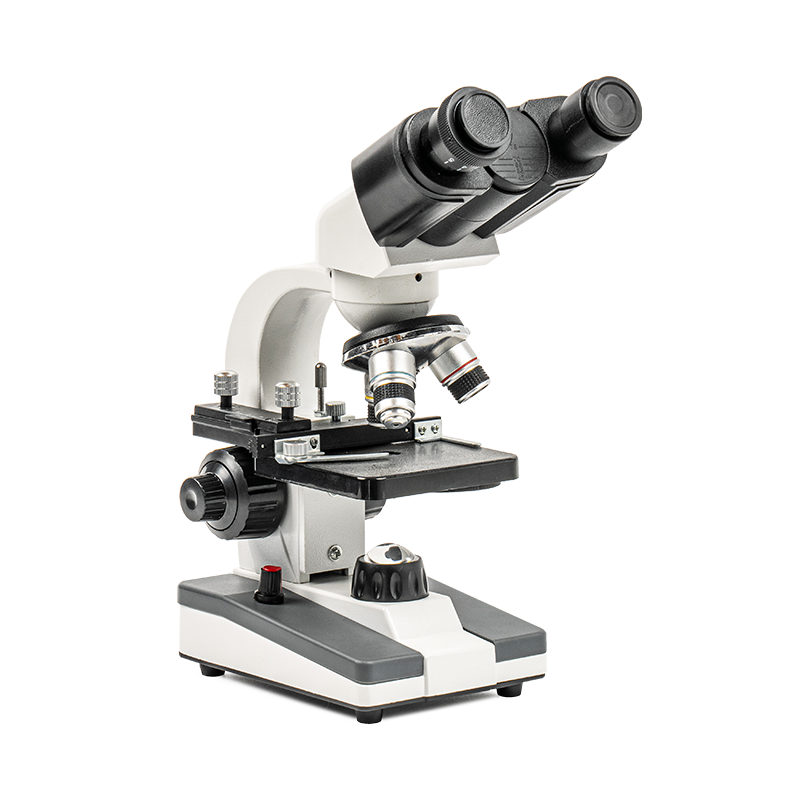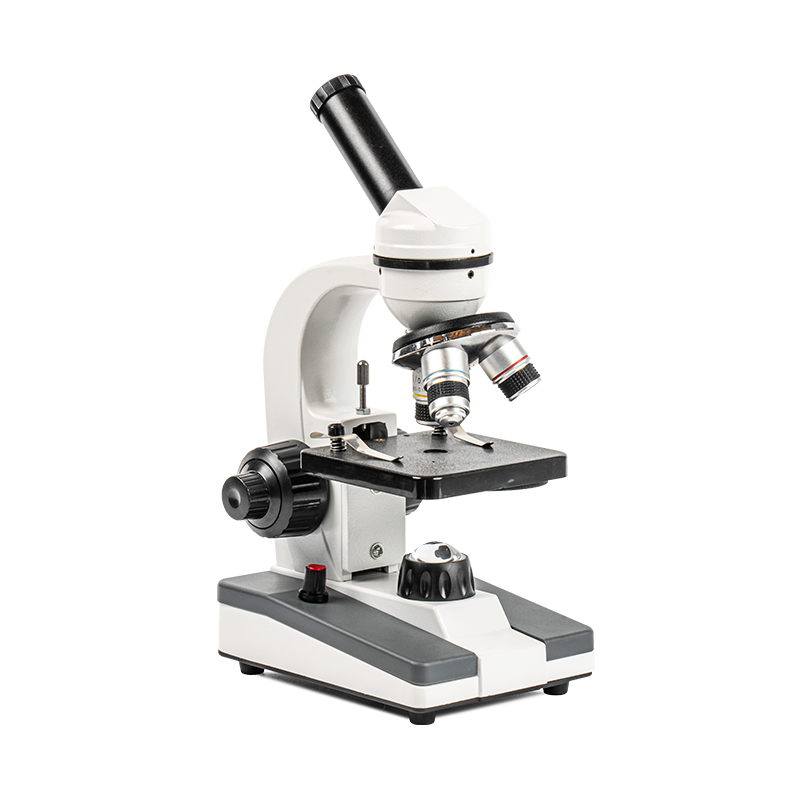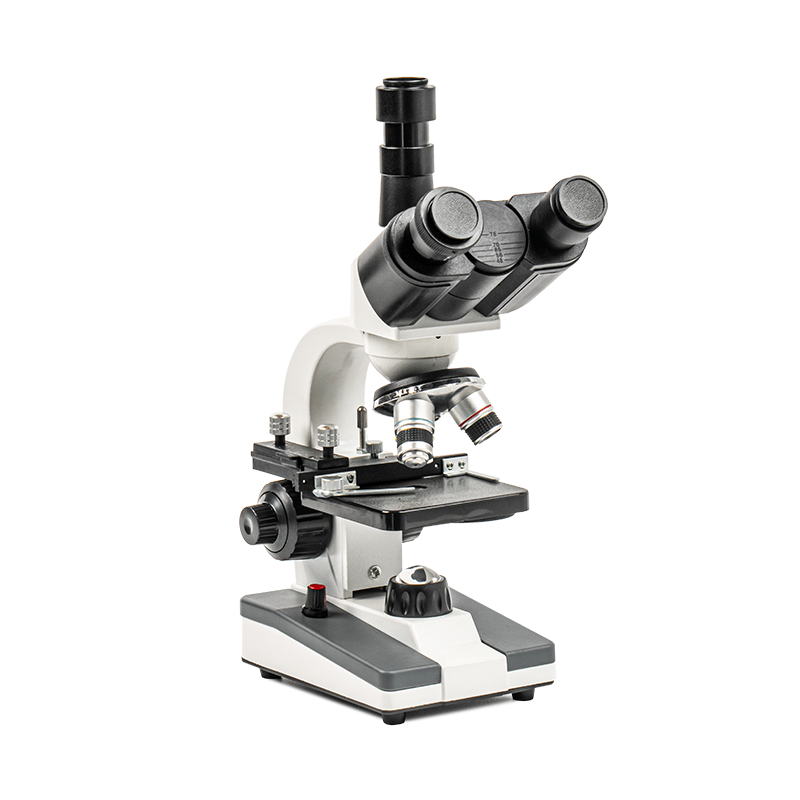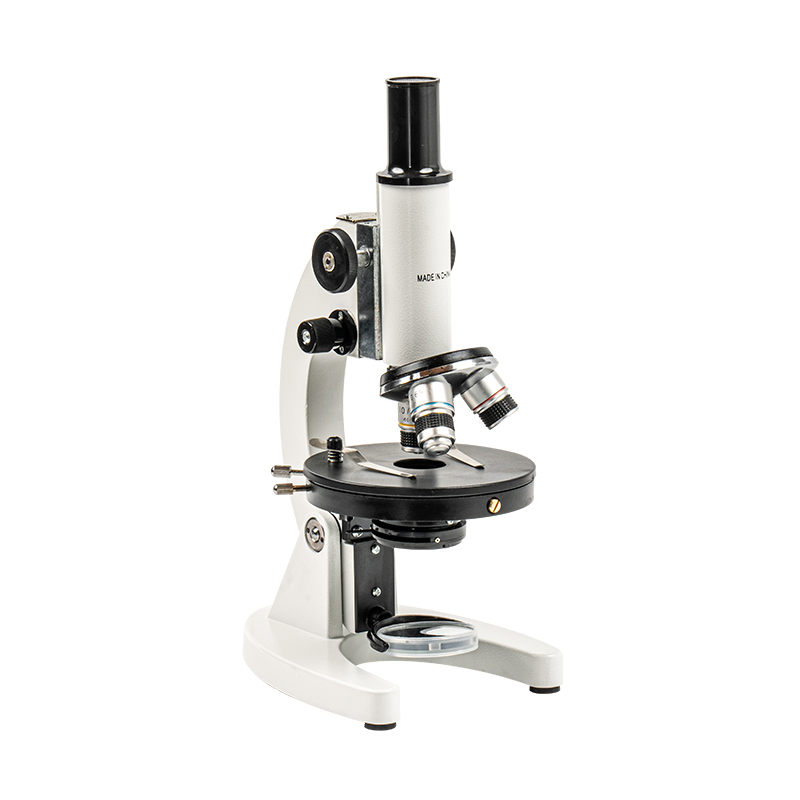With the continuous development of modern education, microscopes have become an indispensable and important tool in scientific teaching, especially in biology, chemistry, physics and other subjects. Microscopes allow students to intuitively observe the microscopic world that cannot be seen by the naked eye. In recent years, monocular microscopes have gradually been widely used in school laboratories. Its simplicity, economy and efficiency make it an important tool to improve students' laboratory experience. Especially in terms of teaching effect, monocular microscopes have a profound impact on students' learning and experimental operations, and have become a highlight in scientific education.
Content
- 1 Advantages of monocular microscopes
- 2 Monocular microscope improves teaching effect
- 2.1 Improve students' independence and initiative in experimental operation
- 2.2 Promote students' experimental observation and analysis ability
- 2.3 Improve classroom interactivity and student participation
- 2.4 Stimulate students' curiosity and desire to explore science
- 2.5 Improve the efficiency of teaching resources
- 3 Future Outlook: Innovative Application of Monocular Microscopes in Education
Advantages of monocular microscopes
Monocular microscopes are simple in design and easy to operate. Compared with traditional binocular microscopes, its biggest advantage is that there is no complexity of binocular adjustment. Students only need to observe through one eyepiece, which reduces both the operation steps and the learning difficulty. Monocular microscopes usually have a more compact size and a lower price, making them more suitable for schools, especially those with limited budgets, to purchase on a large scale, greatly reducing the cost of equipment investment.
Monocular microscope improves teaching effect
The application of monocular microscope not only improves students' experimental experience, but more importantly, it has a far-reaching impact on the improvement of teaching effect. From classroom interaction to students' independent learning, the advantages of monocular microscope are reflected in many aspects.
Improve students' independence and initiative in experimental operation
One of the biggest features of monocular microscope is its simple and easy-to-use operation. Unlike traditional binocular microscopes, when students use monocular microscopes, they only need to adjust the focal length of one eyepiece, and do not need to worry about the focus of both eyes. This simple operation method allows students to quickly enter the experimental state, thereby improving the operating efficiency of the experiment.
Especially for beginners, the intuitive operation of monocular microscope enables them to quickly master the use of microscopes and reduce the frustration encountered by students during the experiment. Students no longer need to spend too much time on adjusting the equipment, but can focus more on observing microscopic samples and analyzing experimental data. In this way, students' independence and initiative in experiments have been greatly improved. Without relying on teachers, they can quickly complete the operation of the microscope and think independently about how to observe and analyze experimental phenomena, thus exercising their experimental hands-on ability and problem-solving ability.
Promote students' experimental observation and analysis ability
With the help of a microscope, students can not only observe the wonderful scenes of the microscopic world such as cells and bacteria that cannot be seen by the naked eye, but also have a deep understanding of the core concepts of disciplines such as biology and chemistry. Due to its easy operation, the monocular microscope allows students to conduct experimental observations more efficiently, reducing unnecessary operation time and energy. Through repeated observations and experiments, students can develop meticulous observation skills.
Especially in biological experiments, students observe the structure of plant cells, animal cells, and even the movement of microorganisms through a microscope, which can directly help students understand complex biological principles such as cell division and genetics. The efficiency and ease of operation of the monocular microscope enable students to quickly observe and analyze in class, thereby enhancing their experimental ability and critical thinking.
Improve classroom interactivity and student participation
Traditional microscope operation often requires students to waste a lot of time in tedious equipment adjustment and focusing, which makes students less interactive in class. In contrast, the simple operation of monocular microscope allows students to enter the experimental state faster and fully participate in classroom activities.
In class, teachers can allow each student to use the microscope independently for observation, instead of adjusting the distance between the two eyes every time as before, or the teacher guides students to complete the equipment operation. This simplified operation process enhances students' sense of participation and makes them more proactive and confident during the experiment.
The popularity of monocular microscope also promotes group cooperation and experimental discussion. Students can quickly obtain clear images through simple adjustments, and communicate and analyze within the group. Teachers can use these feedbacks for real-time guidance, making the class more interactive, stimulating the spirit of cooperation among students, and enhancing their interest in scientific exploration.
Stimulate students' curiosity and desire to explore science
Monocular microscope is not only an observation tool, it can also stimulate students' curiosity about the microscopic world. In experiments in biology, chemistry and other subjects, students can observe the active cells of microorganisms, cell division and other phenomena through microscopes. These direct observation experiences stimulate their desire to explore.
Due to the simple operability of monocular microscope, students can quickly enter the observation state, and this instant feedback satisfies students' curiosity. Many students often have more exploration questions when using microscopes to observe microscopic samples such as cells and blood: Why do cells divide? How do bacteria reproduce under different conditions? These questions further stimulate their strong interest in science and prompt them to take the initiative to explore more.
This exploration is not limited to classroom experiments, it can extend to extracurricular learning and scientific research, cultivate students' scientific thinking, and stimulate their interest and ambition in scientific research.
Improve the efficiency of teaching resources
The high cost-effectiveness of monocular microscope enables schools to provide experimental equipment for each student at a lower cost. In traditional binocular microscopes, schools may not be able to equip each student with a microscope due to the high cost of equipment, and students are often required to take turns to use it. The popularity of monocular microscopes enables every student to own a device, ensuring that all students can fully participate in the experimental process.
The relatively low maintenance cost of monocular microscopes also makes it easier for schools to maintain and update equipment. This efficient resource allocation enables schools to make better use of limited funds and provide students with richer and more efficient experimental teaching resources, thereby improving the overall teaching effect.
Future Outlook: Innovative Application of Monocular Microscopes in Education
With the advancement of science and technology, the functions and applications of monocular microscopes will continue to expand. In the future, monocular microscopes may be combined with intelligent technology, such as transmitting microscope images to students' mobile phones or tablets via wireless networks for remote viewing and data analysis. This will enable students to share observations more conveniently and discuss with classmates and teachers in real time.
The addition of image recognition technology and automatic analysis functions will also enable monocular microscopes to provide students with more intuitive experimental data analysis, helping them to better understand experimental phenomena and improve learning efficiency.

 English
English Español
Español عربى
عربى 中文简体
中文简体
